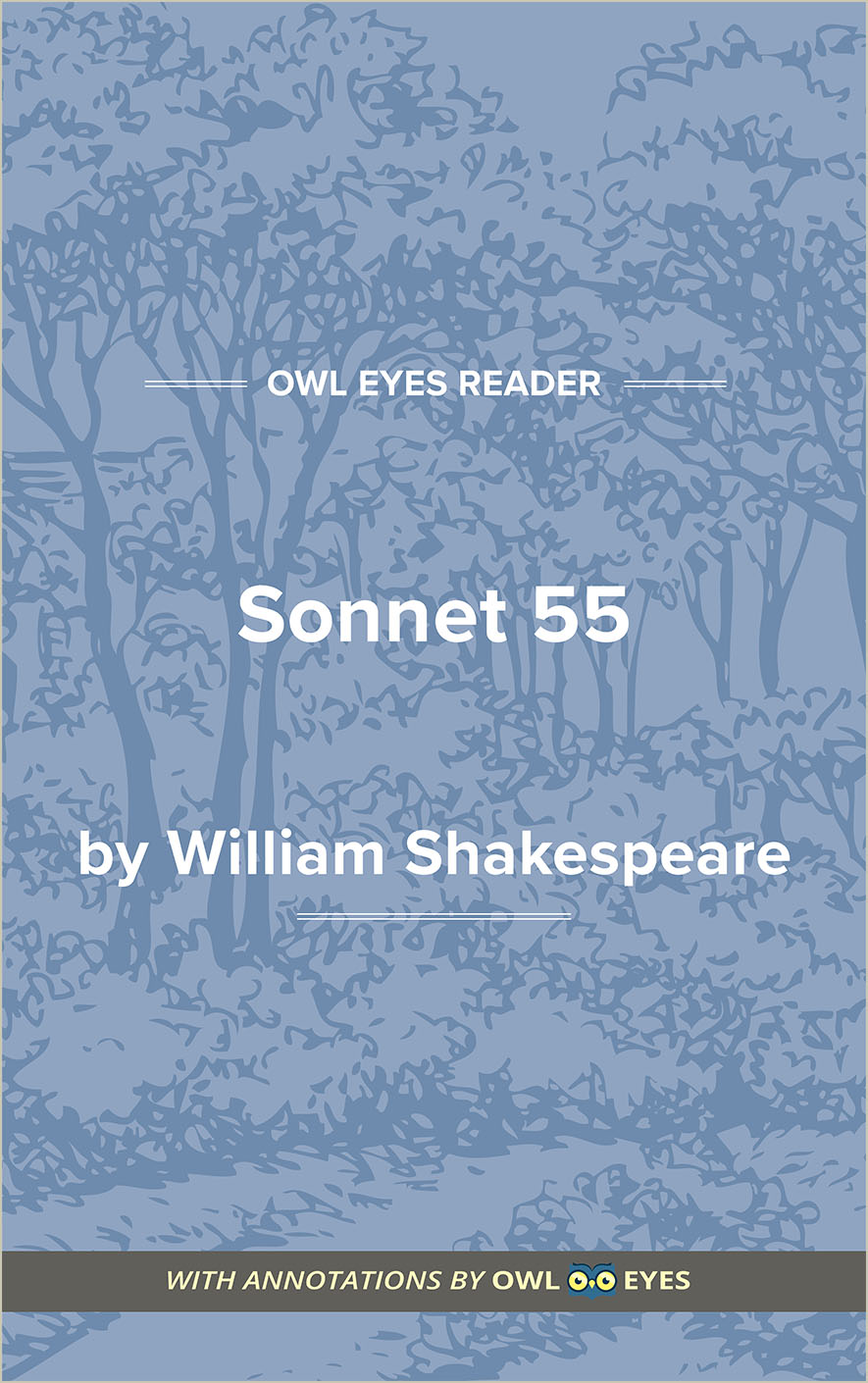Analysis Pages
Rhyme in Sonnet 55
Rhyme Examples in Sonnet 55:
Sonnet 55
🔒"statues overturn..." See in text (Sonnet 55)
"shall shine more bright..." See in text (Sonnet 55)
"powerful rhyme..." See in text (Sonnet 55)
"The living record..." See in text (Sonnet 55)

